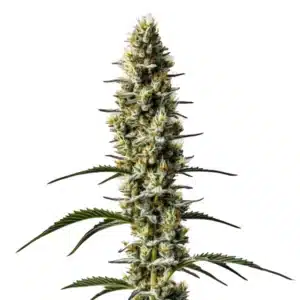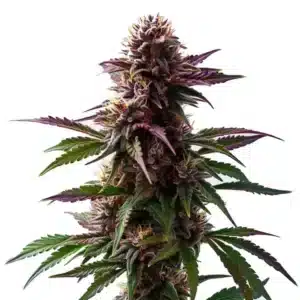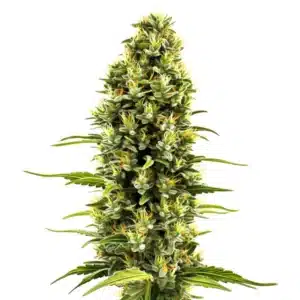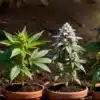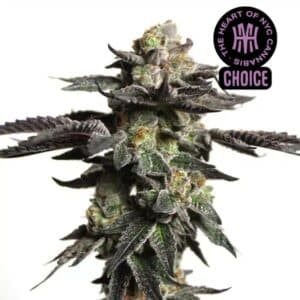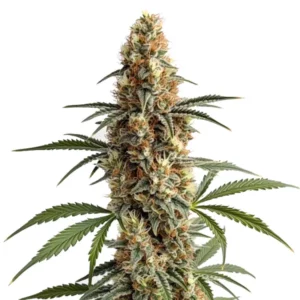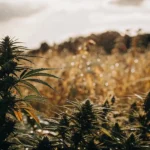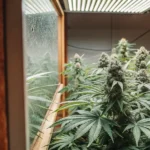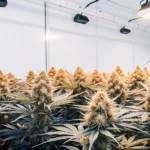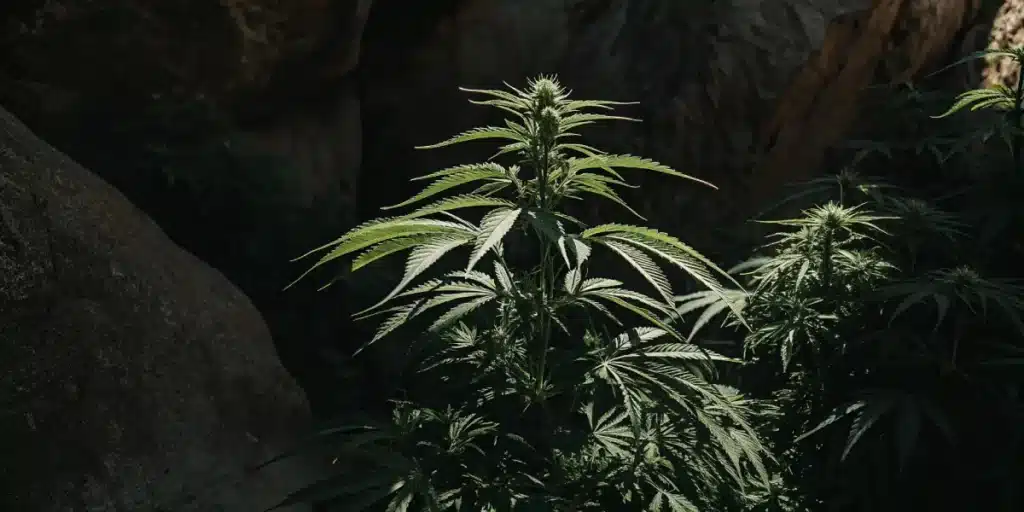
The Art of War for Growers: Conquering Extreme Climates
Growing cannabis in a perfect, climate-controlled room is one thing. But taking on Mother Nature at her most extreme? That’s a whole other level. It’s an adventure that requires more than just a watering can; it requires a battle plan.
Growing in extreme climates isn’t about finding a magic seed that can survive anything. It’s about being a smart strategist. It’s about understanding why certain plants are tough, and then choosing the right soldier for the right war. Let’s break down the battle plan for the three toughest fronts: hot and dry, cold, and humid.
Recommended Strains
Zombie Death Fuck
|
|
THC | 23% (Medium) |
|
|
Type | Feminized |
|
|
Yield | Medium |
|
|
Phenotype | 50% Indica / 50% Sativa |
Sweet Zombie Auto
|
|
THC | 18% - 20% (Medium) |
|
|
Type | Autoflowering |
|
|
Yield | Medium |
|
|
Phenotype | 65% Indica / 35% Sativa |
The Desert War: Conquering Hot & Dry Climates
Your enemies here are a scorching sun and a relentless thirst. You need a soldier that is built for drought and heat. That soldier is the Sativa-dominant strain.
Think about it. Sativas evolved in the hot, often arid regions near the equator. They are genetically programmed to handle high temperatures and be incredibly efficient with water. Their lanky structure helps dissipate heat.
But even the toughest Sativa needs support from its general—you. Your number one tool in this fight is mulch. A thick, two-inch layer of organic mulch on your soil is like a life-saving canteen for your plant. It locks in precious moisture, keeps the root zone cool, and is the single best defense against drought. Tough hybrids like Critical Daddy Purple thrive when given this simple, crucial advantage.
Promos & Deals
The Mountain War: Conquering Cold Climates
Here, your enemies are a short growing season and biting, unexpected cold. This is the ancestral homeland of the Indica-dominant strains.
These plants evolved in the harsh, unforgiving mountain ranges of places like the Hindu Kush. They are naturally compact and bushy to resist wind, incredibly hardy, and—most importantly—fast-flowering. They are genetically programmed to finish their mission before the deep winter freeze arrives. A fast and tough Indica-dominant like Gorilla G4 is the perfect choice for this fight.
And listen to this… fighting the war in the cold comes with a secret, beautiful reward. Those cool temperatures at the end of the flowering season can trigger a defense mechanism in the plant, causing it to produce a flood of anthocyanins—the pigments that turn buds deep purple, blue, and even black. Your cold-weather harvest might just be the most stunningly beautiful you’ve ever grown.
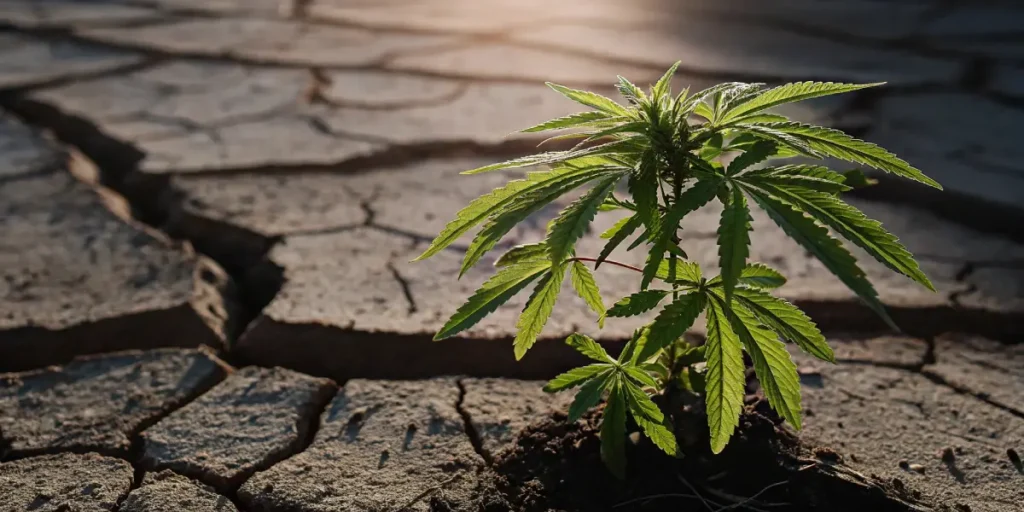
The Jungle War: Conquering Humid Climates
In the jungle, your enemy is the suffocating humidity that breeds mold and mildew, the silent killers of dense buds.
For this war, you need a soldier with an open and airy structure that allows for maximum airflow. Again, Sativa-leaning genetics are often a great choice here. But more specifically, you want a strain that has been bred and proven to resist mold. A champion like Zombie Death Fuck is a perfect example—a strain renowned for its ability to shrug off the constant dampness and produce clean, beautiful flowers.
It all comes down to choosing the right plant for the right place. Understand the deep history of Indicas and Sativas, and you can Cultivate a thriving Homegrown garden no matter what the world throws at you.
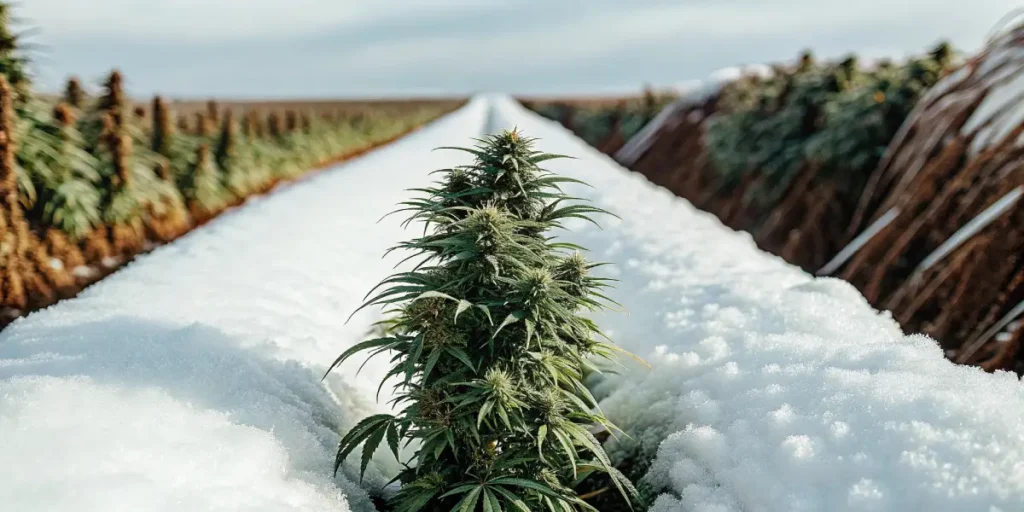
Frequently Asked Questions
Which is better for a hot, dry climate: Sativa or Indica?
Sativa-dominant strains are generally much better for hot and dry climates. They evolved in equatorial regions and are genetically adapted to handle high temperatures and be more efficient with water.
Which is better for a cold climate with a short season?
Indica-dominant strains are the undisputed champions of the cold. They evolved in harsh mountain climates, making them naturally hardy, compact, and fast-flowering, perfect for finishing before the first frosts of winter arrive.
Is it true that cold weather can make my cannabis plants turn purple?
Yes, it’s absolutely true and it’s one of the beautiful perks of a cold-weather grow. The cold temperatures at the end of the flowering stage can trigger a plant’s defense mechanism, causing it to produce massive amounts of purple and blue pigments called anthocyanins. This can result in incredibly beautiful, colorful buds.
What is the single most important thing I can do to help my plants in a hot, dry climate?
Use mulch. A thick layer of organic mulch on top of your soil is the most effective way to protect your plant’s roots from heat and to keep the soil from drying out too quickly. It’s a simple technique that dramatically reduces water stress.



